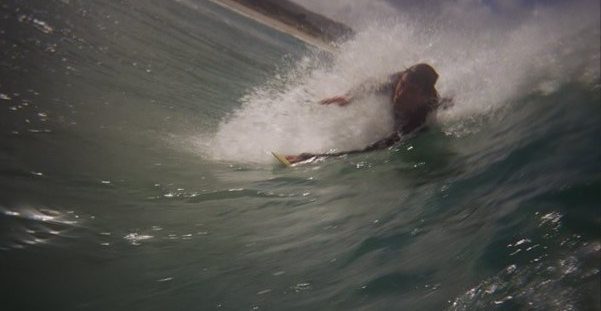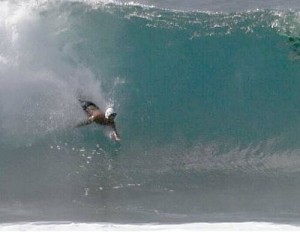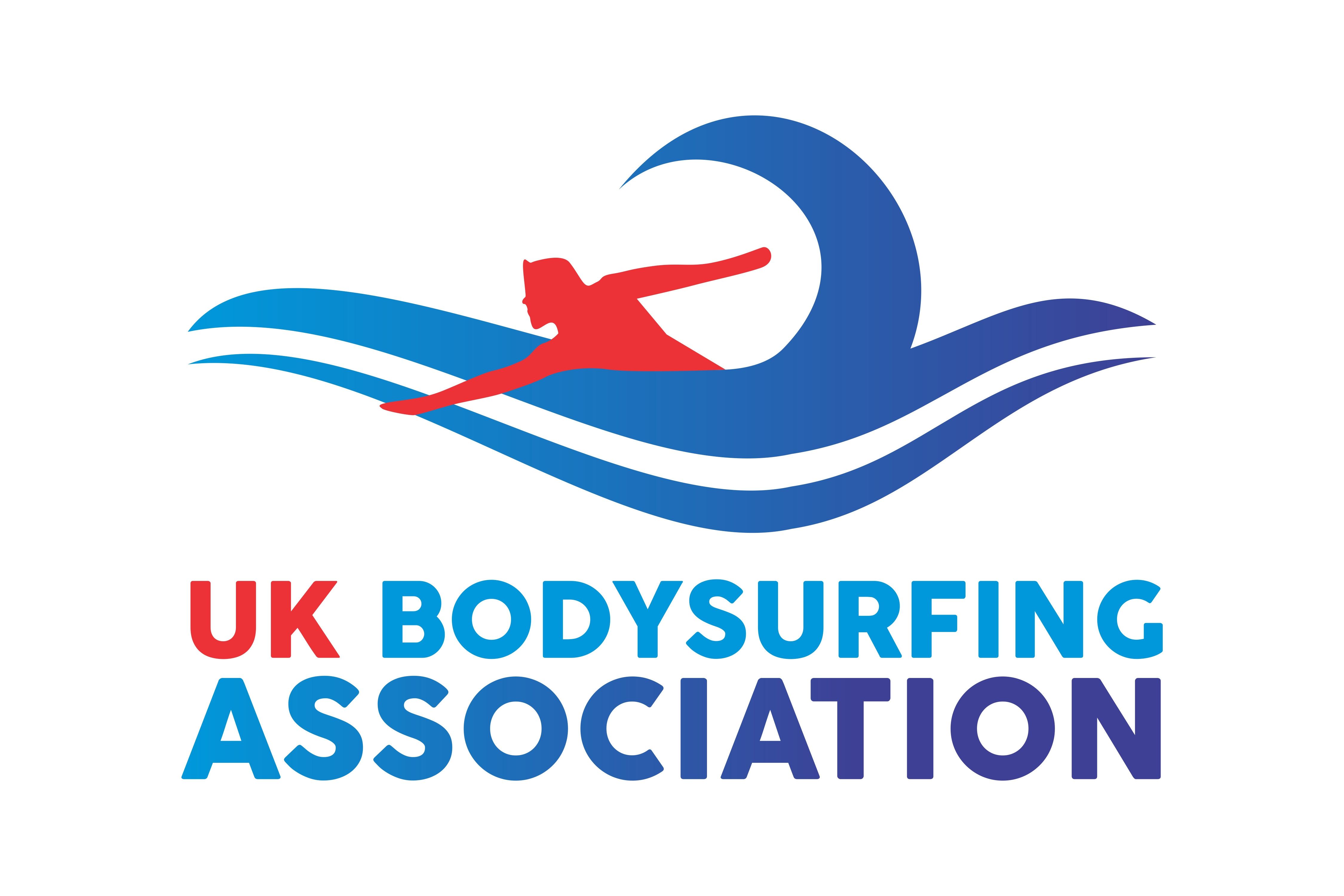Types of Wave
When you go bodysurfing a regular wave action is best – look for a decent size swell and a clean sea (i.e. not choppy or rough), with at least 10 seconds period between each wave. These ideal conditions are somewhat rare so keep up to date with the latest swell forecasts and select a good day to go. Our bodysurfing specific forecasts highlight these very good days as a GREEN traffic light, the less good but useable days as AMBER, with no go days as RED.
To bodysurf correctly you must be out where the waves are actually breaking. Therefore, your position in relation to the breaking wave is absolutely vital, especially as waves have a habit of breaking at different locations along the shoreline and at different depths. Great agility must be shown in order to get to the best possible location for the breaking wave – and as quickly as possible. When examining potential waves look out for “dumpers”. These are the thundering waves which will deposit you vertically downwards onto the sand or rocks, instead of taking you gracefully into the shallower waters. If you catch a “dumper” you are not only likely to end up with a mouth full of sand but it is from these waves that the most serious of injuries may occur. Some very serious head and back injuries have been caused by catching the wrong type of wave.
Catching a Wave
As the breaking wave approaches, give yourself a head start, taking up a torpedo shape with your head down between your pointed arms, and dive into the wave at the moment it breaks. With smaller waves this is quite easy to achieve (and provides good practice in the early days) but becomes increasingly difficult to achieve as your bodysurfing skills progress and you attempt larger and larger waves. This is because the bigger the size of the wave, the greater the current is working against you, which will try to pull you out to sea as you try to catch the wave. You must therefore take an even earlier start, taking two or three strokes with the arms to get your momentum going, just ahead of the approaching wave. It is also now time to start practicing bodysurfing along the breaking wave, which will be breaking sideways, either to the left or right.
For the more proficient bodysurfer a set of flippers will become a necessity. Always use flippers in deep waters (where waves are breaking out of your depth) as there is also the risk of being carried out to sea in rip currents. The sheer force of the bigger waves (those 5 feet or more in height) give the opportunity for the more proficient to try a different skill, where one has a slightly arched back and with one arm out in front of you. A handplane will assist in getting more of your body out of the water, and achieve greater planing. Always go sideways along the breaking wave, either to the left or the right. The flippers are used to gain the extra speed that is necessary – ahead of these larger breaking waves.This is very helpful to other swimmers and surfers, as they will now see you approaching, and you will then also have the benefit of seeing where you are going! Quite a sight – you are now an expert bodysurfer.
Saving Energy
Getting out to where the waves are breaking can be very hard work as every wave will push you in towards the shore. To make life easier, and to save some of your energy, dive through the bottom of the waves as you return to where they are breaking.




Recent Comments